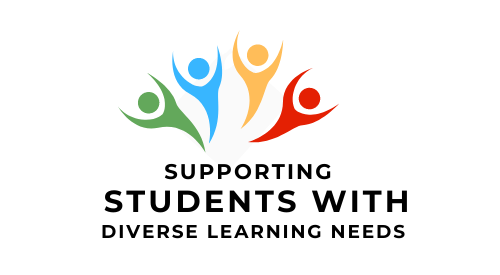- Students who are hard of hearing have some residual hearing. They may use a variety of strategies in class to aid understanding, including speech reading (also known as lip reading), sitting close to the instructor, hearing aids, and adaptive technology.
- Adaptive technology to aid hearing. Hearing aids may not be effective in a classroom situation, as the student is at some distance from the instructor and the acoustics can be poor. As a result, hard of hearing students may need assistive listening devices, such as FM systems.
- Sign language users. For deaf and hard of hearing students for whom American Sign Language (ASL) is their first language, English may be their second or even third language. When there is specialized or technical language in a class, they will need to learn the vocabulary in two languages: English and ASL.
- Coordination with Disability Services. If there are field trips, practica, internships or clinical placements, it may be necessary to coordinate well in advance with the Disability Services Office to design and implement accommodations.
- Accessible communication techniques:
- Make sure you have the student’s attention before talking to them. If not, wave your hand gently.
- Speak normally, you do not need to over-enunciate for a student who is speech reading. However, if you speak quickly, try to slow down your pace.
- As much as possible, face the class (e.g., keep your face visible). This will help project your voice towards students and will allow them to see your face for accessible lip reading. For example, writing on a whiteboard while you speak will make it difficult for the student to access what you are saying.
- If there are questions from the class, repeat the question before answering.
- During group work or discussions, instruct participants to take turns speaking so that only one person is speaking at a time.
- Circular seating for group discussions makes it possible for DHH students to watch interpreters and/or identify who is speaking.
- Classroom techniques:
- If you are showing videos or films, provide captions or a written transcript. You can contact your Disability Services Office for assistance.
- Where possible, provide printed versions of the lecture material. Using whiteboard or presentations to reinforce spoken material will be helpful, especially for technical terms, formulas, and equations.
- Working with a Sign Language interpreter.
- When working with a sign language interpreter, look and speak to the person with hearing loss, not the interpreter.
- Provide lists of any technical terms to the sign language interpreter in advance so that they can familiarize themselves with the terms and prepare to sign them.
- Whenever possible, the Disability Advisor on your campus will let you know in advance that a sign language interpreter will be assisting a deaf student in your class and will provide you with information on expectations and best practices.
- Consult with the student. All students with hearing loss will have their own preferences and strategies. Arrange to meet with the student in a confidential setting to discuss their learning needs and encourage open communication. If the student uses sign language, contact Disability Services to arrange for an interpreter to be present.
- Contact the Disability Services Office. If you have any concerns about accommodating a student with hearing difficulties in your class, contact your disability services office for advice and assistance.
- Sign language interpreter.
- Note taker.
- Computer-assisted real-time transcription (CART).
- Use of assistive listening devices, such as FM systems.
- Preferential seating at the front of the class for student and support personnel, as appropriate.
- Exam accommodations:
- Additional time.
- Separate setting.
- Alternate forms of assessment if necessary, provided they do not change the essential skills being tested.
- Deaf is usually used to describe people who have severe to profound hearing loss. Some deaf individuals communicate through spoken language and speech-reading, along with some residual hearing and hearing aids. Some use a signed language, such as American Sign Language (ASL).
- Hard of Hearing is usually used to describe people with hearing loss ranging from mild to severe. Individuals who are hard of hearing communicate using speech and residual hearing, along with other strategies such as hearing aids, communication devices and, speech reading.
- Because of the wide range of causes of hearing loss, many deaf and hard of hearing individuals have a co-occurring disability.
- A high proportion of deaf and hard of hearing students also have a learning disability or ADHD, estimates range from 35% to over half (Cawthon et al., 2014)
Case Study
Matthew is a first year student with hearing aids in both ears. In high school, Matthew used an FM system in the classroom to listen to his teacher’s presentations. His academic success was reflected in his B+ average.
In his college classes, all of Matthew’s instructors, except for one, agree to wear the FM microphone while lecturing. One instructor leaves the microphone on his lectern and moves about the classroom freely while lecturing. Matthew’s marks are significantly lower in this class compared to his other classes. Matthew has spoken to his instructor, requesting he wear the microphone, but his instructor refused. Matthew comes to the campus Disability Services Office (DSO) seeking a solution.
The DSO arranges a meeting with the professor, explaining the need for the FM system to be used for Matthew’s success. When asked, the instructor expresses a concern that his lecture will be recorded and shared or posted outside of the classroom. The capabilities of the FM system are explained, reassuring the instructor that the lecture is not being recorded and that the student will sign a usage agreement. With this new understanding, Matthew’s instructor begins using the FM system and Matthew is able to gain the full benefit of his instructor’s lectures.
Videos
Kelsey’s experience with accommodation for hearing impairment

